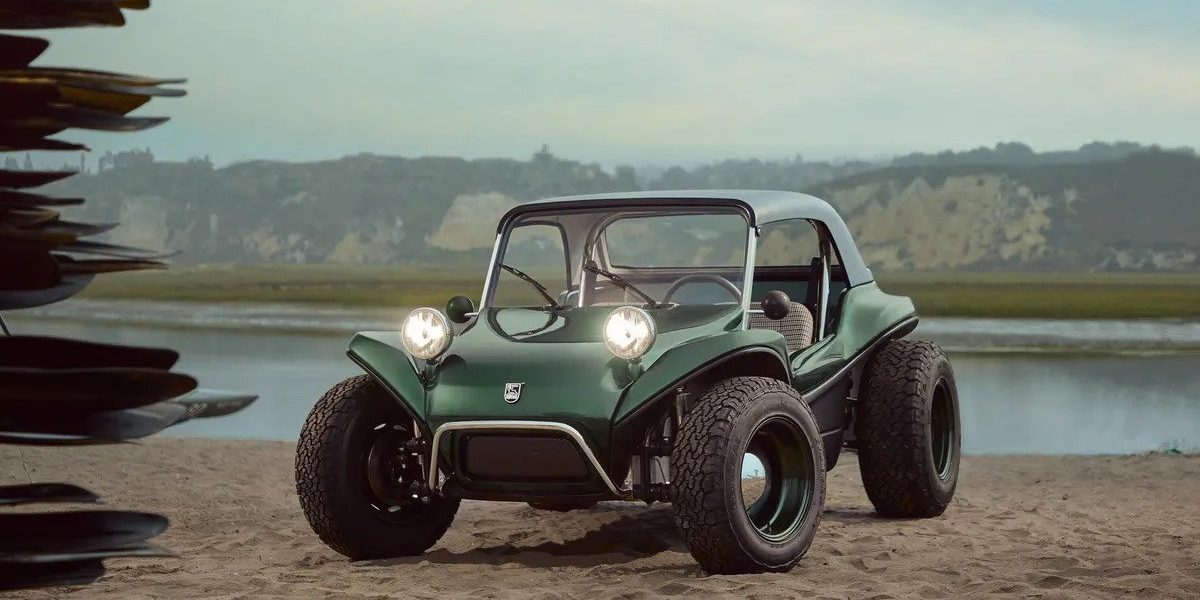
The Meyers Manx, the iconic 1960s dune buggy, is returning as the new all-electric Meyers Manx 2.0.
The original Manx, the first “dune buggy,” was a kit car, built on a modified VW Beetle chassis with a fiberglass body kit. It was popular in desert racing in the 60s, though the company folded in 1971. Bruce Meyers, the founder, brought the company back in 1999 and showed off an electric prototype in 2014. The company was sold to venture capital firm Trousdale in 2020.
The new company, Meyers Manx, LLC, has now introduced an updated and fully electric version of the buggy, which was unveiled this weekend in Malibu. And unlike VW’s ID. BUGGY concept, which was based on the original Manx, Meyers is planning to bring the new electric Manx 2.0 into production.
The new vehicle isn’t a kit car anymore. Instead, it will come fully assembled from the manufacturer with a design aesthetic similar to the original Meyers Manx but modernized (and with a very cool retro dash). The car was designed by Freeman Thomas, who designed the Audi TT and the modern VW New Beetle.
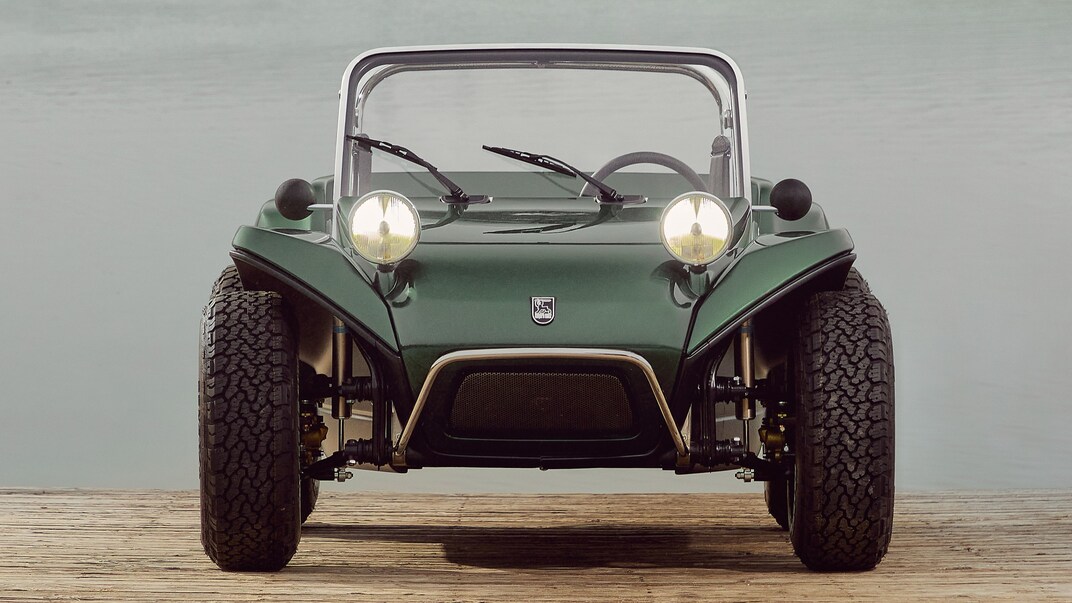
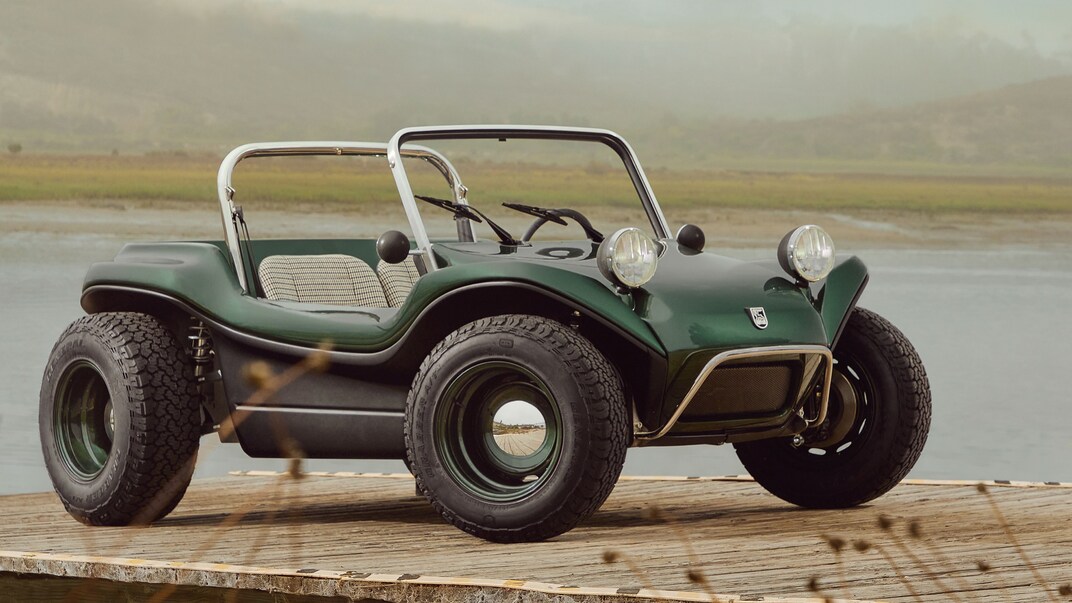
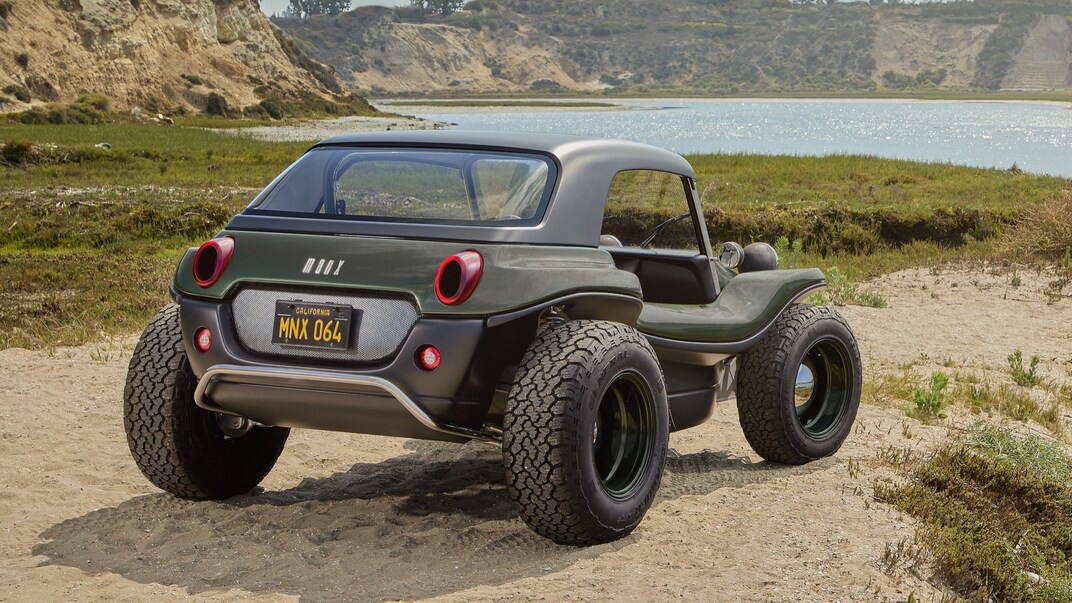
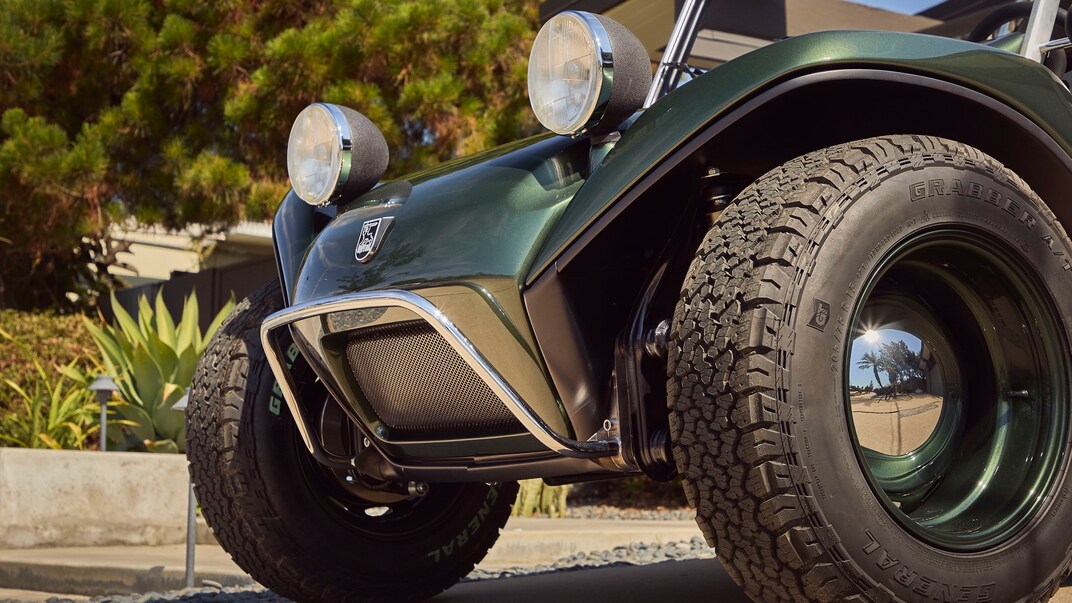

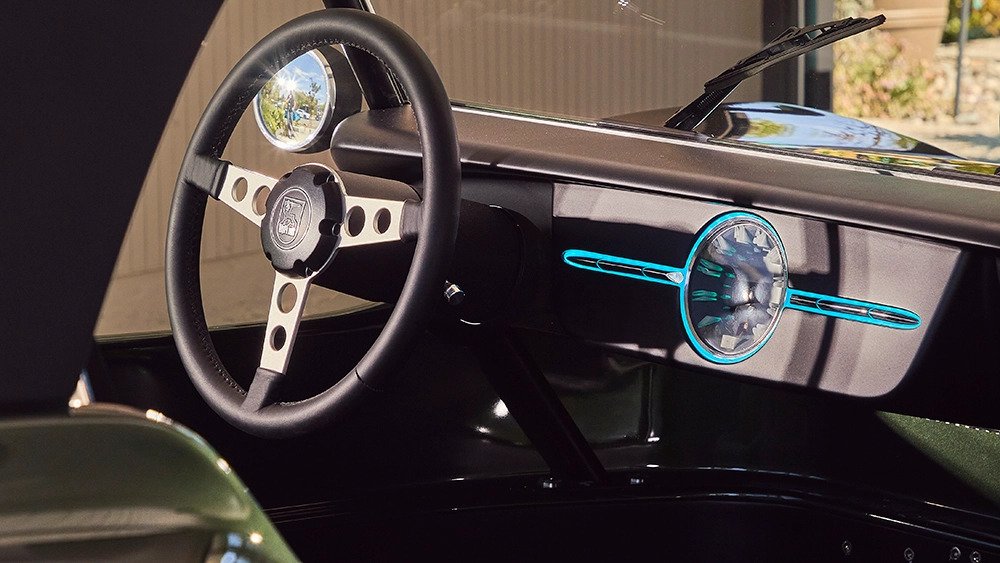
As for specs, like most early looks at electric cars, they may well change before the car comes out. Currently the company is planning two different battery options, 20kWh and 40kWh, which it says will be capable of 150 and 300 miles of range. The car can be charged at 6kW on AC power or 60kW at a DC fast charger (as an option) – low compared to modern EVs, but with a smaller battery, it should still charge plenty quickly.
These range numbers seem high given that the 40kWh Leaf gets 150 miles of range, but since the Meyers Manx 2.0 is much smaller than a normal electric car, it should be more efficient.
The Manx will only weigh around 1,500lbs, or 1,650lbs for the larger battery. That’s about a third of the weight of a normal full-size vehicle and a full ton lighter than the 40kWh Leaf. Though, the vehicle is less aerodynamic and has less-efficient knobby off-road tires.
The Manx will be driven by two rear motors, and the company says the 40kWh version can do 0–60 in 4.5 seconds with 202hp and 240 lb-ft of torque. We don’t know how quick the 20kWh version will be, but in a tiny electric dune buggy, we’re sure it will feel plenty quick anyway.
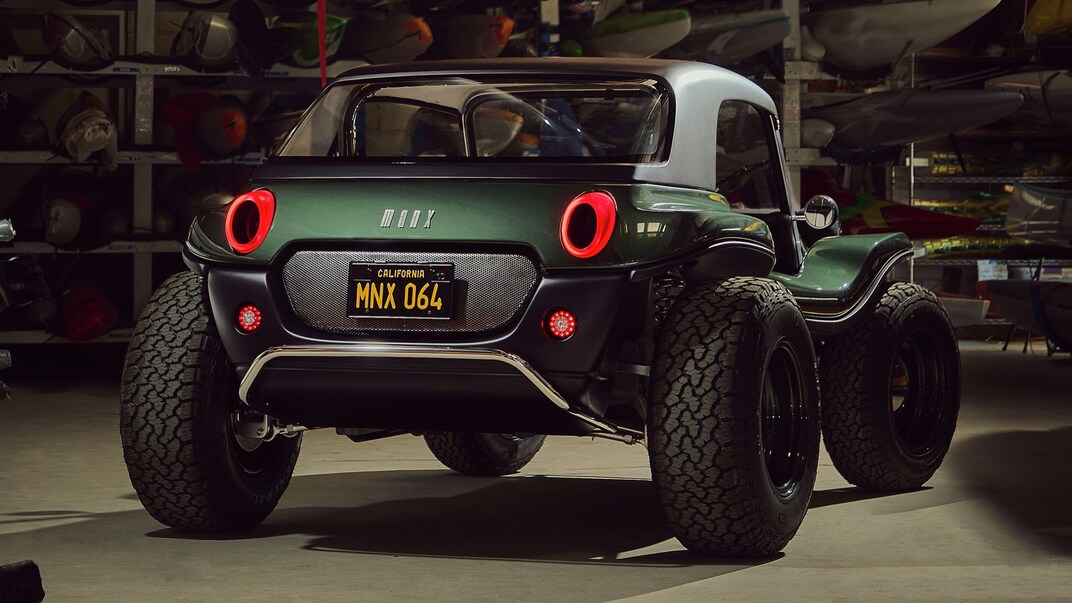
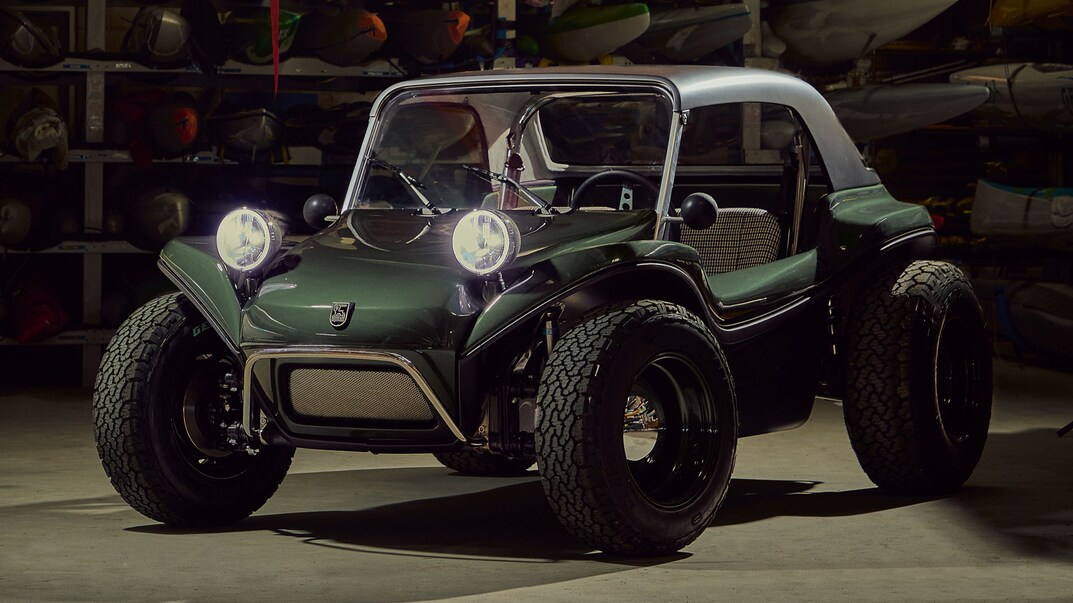
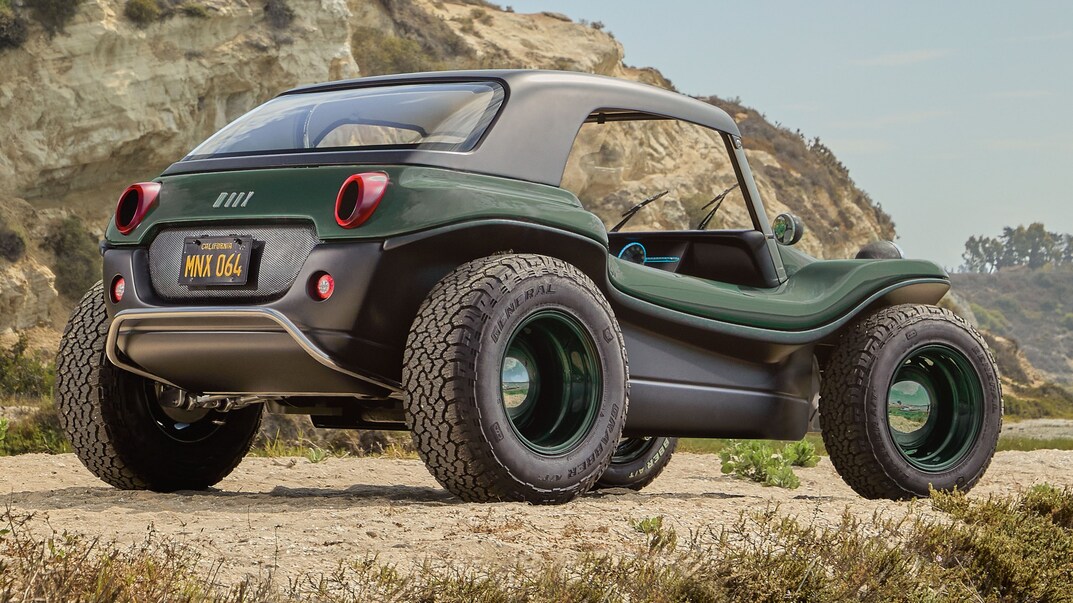
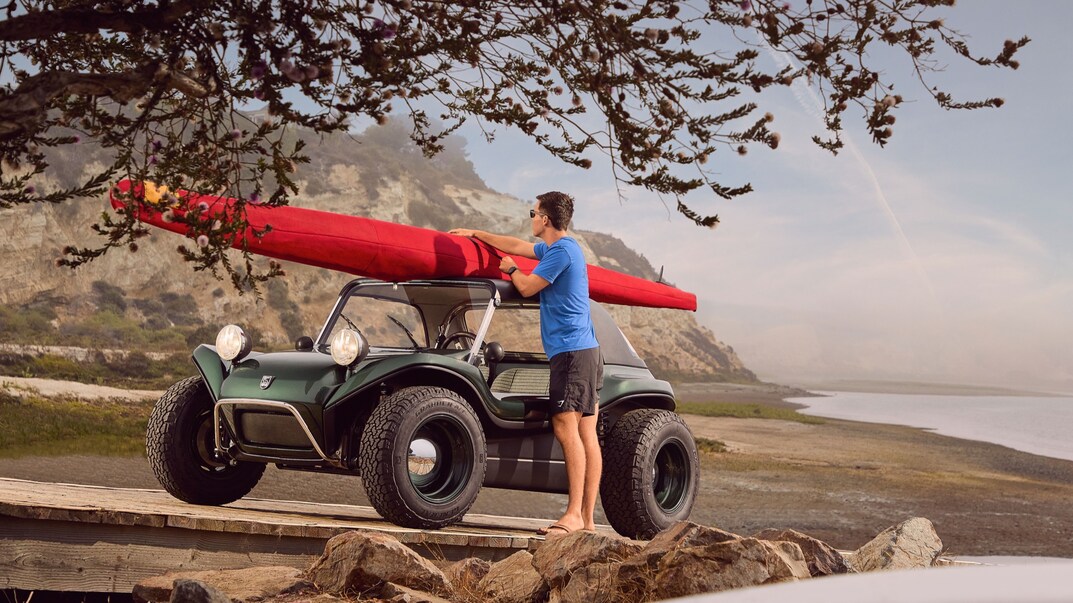
As for practical features, this is a true dune buggy and doesn’t come with many of the things we’d expect from a car. It has no doors or side windows, just an open area to slide into the cockpit. The roof is removable, but if you want to go topless, you need to leave the roof at home.
There’s a cargo area in the back that can be accessed by tilting the roof forward (which you can see in this Instagram reel), but it’s not lockable. And there’s some room under the hood, but it’s taken up by a spare tire and tool kit.
And yet, as a low-volume manufacturer, the car should still be street legal under US regulations.
Meyers says it plans to ship 50 examples of the car as a “beta program” in 2023, which is surprisingly soon. As a new company, it wants to get feedback from these early owners to make sure everything is going right – and the car will be capable of over-the-air updates to respond to this early feedback. Deliveries of the Meyers Manx 2.0 start in earnest in 2024.
Despite this early timeline, Meyers has not yet released pricing information. A small car with a small battery should be reasonably priced, but given that it’s low-production from a new company and may include some pricey materials (the roof, at least, is carbon fiber, though we don’t know the body material), it could go either way.
But even though the company hasn’t released pricing information, it plans to start taking reservations next week. The official public debut of the car comes on August 19, and reservations will open on the company’s website after that debut.
FTC: We use income earning auto affiliate links. More.





Comments